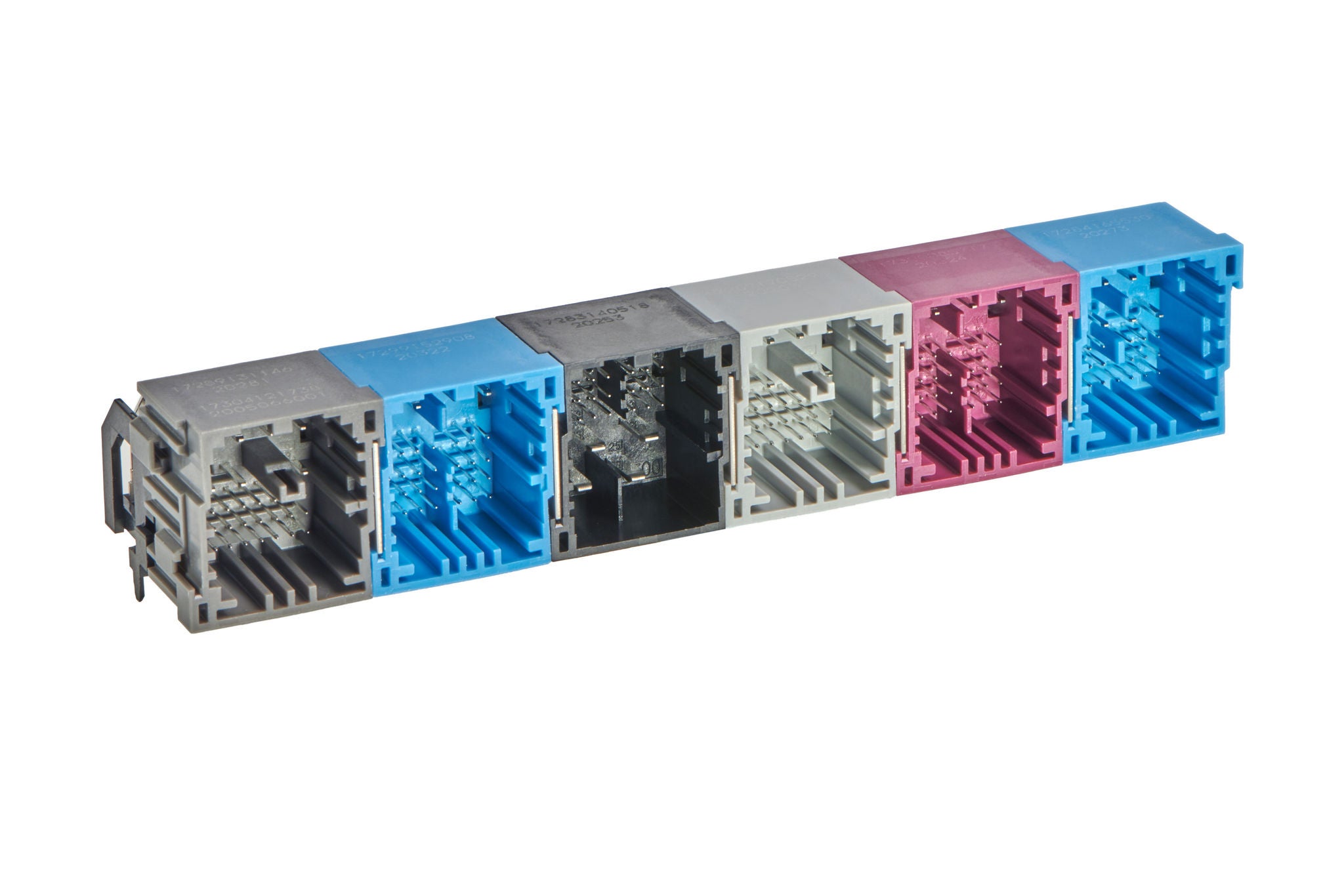Improving ADAS with Advanced Connectors
Autonomous driving is pushing the boundaries of ADAS design as well as the hardware systems that support it. Beyond meeting rising consumer expectations, vehicles must now support Vehicle-to-Everything (V2X) communication, integrate miniaturized components and comply with evolving safety regulations. These intelligent systems must perform reliably in extreme conditions—processing high volumes of data in real time to deliver consistent, predictive performance.
As ADAS design becomes more complex with the integration of artificial intelligence (AI) and machine learning (ML), automotive manufacturers need robust, scalable hardware to match. Essential requirements now include high-speed data transmission, low-latency processing and resilient performance. This puts increased emphasis on ADAS connectors that deliver signal integrity, thermal stability and electromagnetic compatibility—even under harsh automotive environments. Additionally, effective power management is critical to ensuring these systems can efficiently distribute energy across a growing number of electronic loads, supporting the overall performance and reliability of ADAS.
Molex supports this evolution with a portfolio of high-performance ADAS connectivity solutions, including compact, rugged connectors and shielded cable assemblies built for modern vehicle platforms. These components are engineered to perform in wide temperature ranges, withstand vibration and moisture and simplify integration with sensors and electronic control units (ECUs). Backed by global manufacturing and automotive-grade quality standards, Molex enables OEMs and Tier 1 suppliers to design for safety, scalability and future-forward ADAS innovation.
Discover how Molex innovations can enhance your ADAS designs.
ADAS Enhancements: Connectivity, Reliability and Miniaturization
ADAS Connectivity Solutions
Connectivity Solutions for ADAS Applications

















